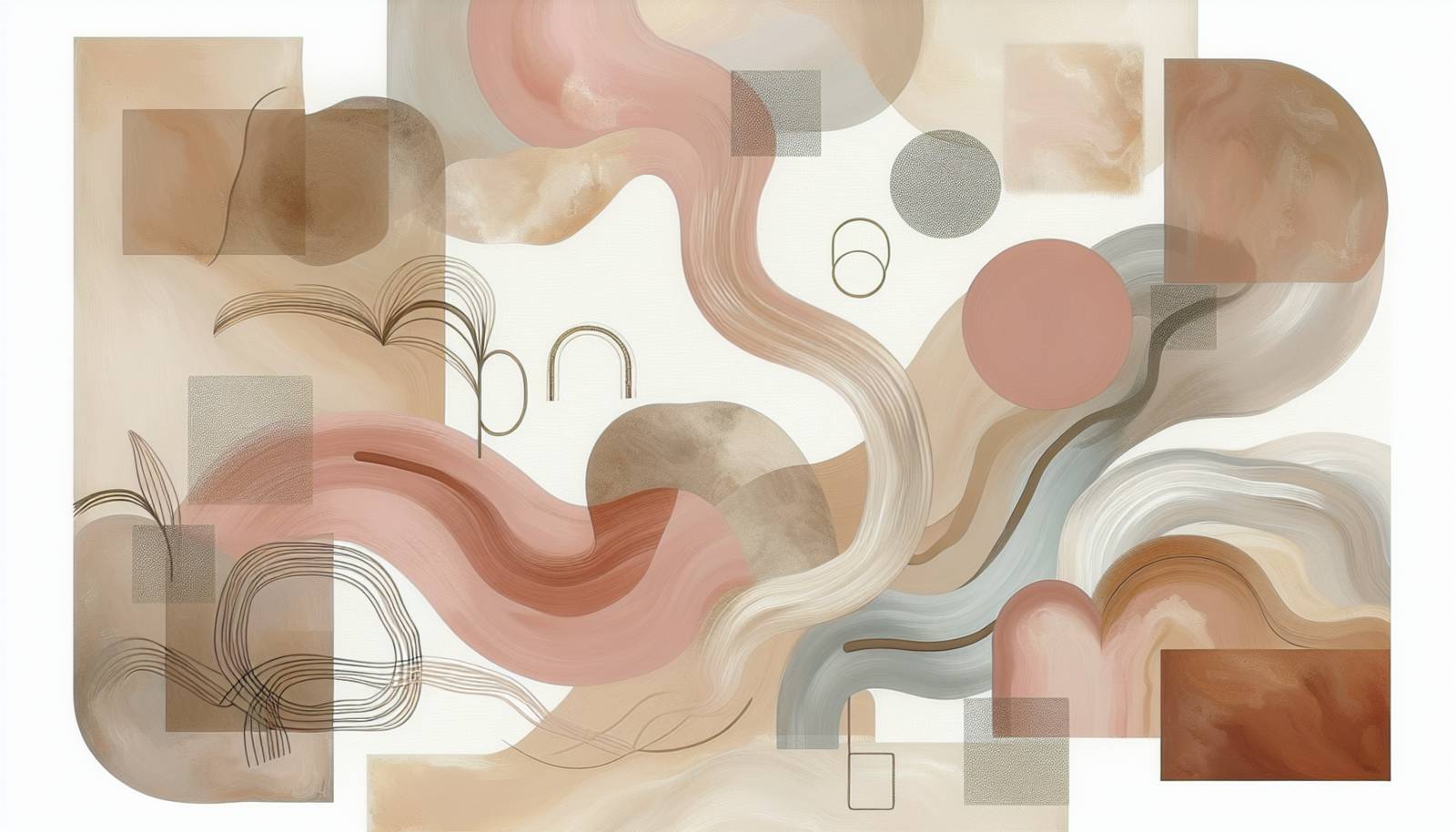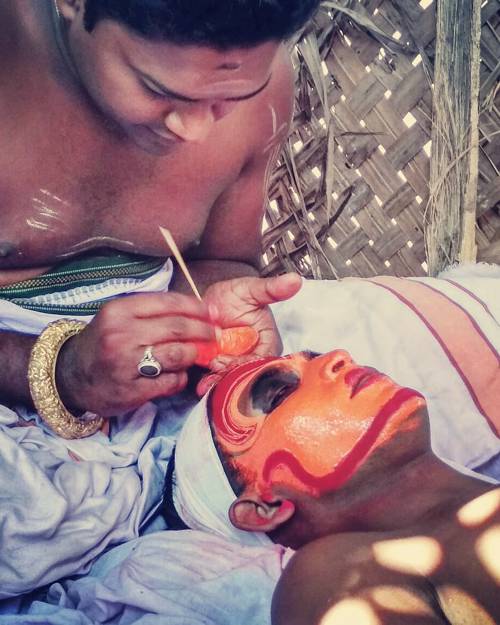
FAQ About The Role of Makeup in Cultural Transformation

What is the cultural significance of makeup throughout history?
Makeup has been culturally significant throughout history, serving as a tool for self-expression, social status, and identity. In Ancient Egypt, for example, makeup was used not only for aesthetic purposes but also for spiritual protection and as a sign of wealth. Similarly, during the Geisha era in Japan, makeup was crucial in representing status and artistry. These examples illustrate how makeup has transcended mere appearance and has been embedded in cultural practices worldwide.

How has makeup impacted gender norms?
Makeup has played a complex role in shaping and challenging gender norms. Traditionally associated with femininity and often used by women to adhere to societal beauty standards, makeup has increasingly become a medium for challenging these norms. In recent years, the rise of male and non-binary makeup icons has fostered an inclusive beauty culture that promotes self-expression beyond traditional gender roles. This shift has encouraged people to view makeup as a form of art and personal expression rather than a tool confined to a specific gender.

In what ways has makeup contributed to societal change?
Makeup has contributed to societal change by acting as a form of social commentary and protest. For instance, the bold lipstick choices by the suffragettes in the early 20th century were symbolic of their fight for women's rights. Additionally, makeup has been a pivotal element in movements such as the LGBTQ+ pride parades, where individuals use it to express their identity boldly and visibly. These examples highlight how makeup can be a powerful medium for social change, challenging norms and advocating for visibility and acceptance.

How does makeup reflect cultural identity?
Makeup often reflects cultural identity by incorporating traditional colors, patterns, and applications that signify a specific heritage. For example, traditional Chinese opera makeup uses bold colors and designs to reflect character traits and cultural myths. Similarly, Mehndi in Indian culture is not only a form of makeup but also a practice deeply connected to celebrations and rituals. Thus, makeup serves as a canvas that bridges personal and cultural identity, preserving and celebrating cultural heritage.

How has makeup influenced beauty standards globally?
Makeup has significantly influenced global beauty standards by perpetuating and evolving ideas of beauty across different cultures. Western beauty standards, for instance, have been widely broadcasted through media, promoting certain facial features and skin tones as ideals. On the other hand, globalization has led to the blending and appreciation of diverse beauty standards, such as the acceptance of fuller lips or natural, minimalist looks. Makeup brands have increasingly aimed to cater to a wider variety of skin tones and styles, reflecting and reinforcing these changing standards.

What roles do makeup artists play in cultural transformation?
Makeup artists play a pivotal role in cultural transformation by pushing the boundaries of traditional aesthetics and introducing innovative techniques. They often set trends that challenge conventional beauty norms, promote diversity, and foster acceptance across cultures. By working in mediums such as film, fashion, and social media, makeup artists influence public perception and help redefine beauty standards. Their work not only reflects cultural shifts but also actively contributes to them by inspiring societal dialogues about identity and beauty.

How has digital media influenced the role of makeup in cultural transformation?
Digital media has significantly influenced makeup's role in cultural transformation by providing a platform for diverse voices and fresh perspectives on beauty. Social media, in particular, has democratized the beauty industry, allowing influencers, artists, and enthusiasts to share their unique styles and challenge traditional norms. The viral nature of digital platforms facilitates rapid dissemination of new trends and encourages dialogue around inclusivity and representation in beauty. This influence has led to a more globally interconnected understanding of makeup as a tool for self-expression and cultural exchange.

What are some misconceptions about makeup in relation to cultural expression?
A common misconception about makeup is that it is solely used for aesthetic enhancement or beauty purposes, overlooking its value as a powerful tool for cultural expression and identity. Another misunderstanding is that makeup is universally applied in the same manner, while in reality, its use varies significantly across cultures with diverse meanings and practices. People also often assume that makeup is exclusively a modern phenomenon, ignoring its rich historical significance and role across eras in reflecting societal shifts.

How do festivals and rituals around the world incorporate makeup?
Festivals and rituals worldwide incorporate makeup as a significant component of traditional standards and celebrations. For instance, during the Day of the Dead in Mexico, individuals paint their faces to resemble skulls, a symbol that honors and remembers the deceased. In India, during the celebration of Holi, colorful powders and face paints are used as part of the festivity. These practices not only reflect cultural heritage but also serve to unify communities through shared visual expression, highlighting makeup's role in cultural practices.

In what ways do global beauty brands influence cultural perceptions through makeup?
Global beauty brands have a profound impact on cultural perceptions by promoting specific beauty ideals and influencing consumer behavior. Through their marketing strategies, these brands can dictate trends, such as the preference for certain skin tones or the contouring style popularized by Western beauty standards. However, there is also a growing movement among brands to emphasize diversity and inclusivity, which broadens cultural acceptance and appreciation of different makeup styles and standards. This dual influence can shape cultural narratives around beauty, identity, and self-expression.
